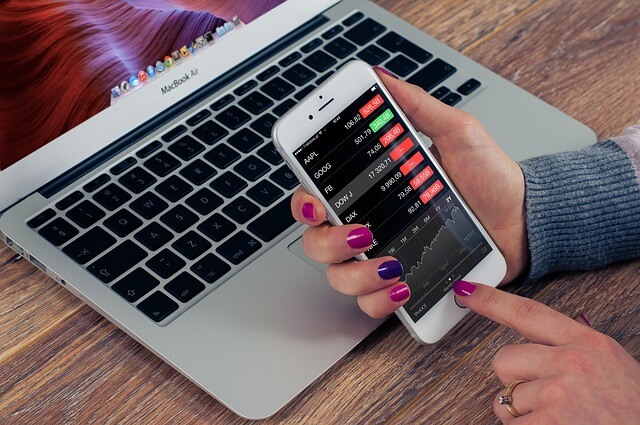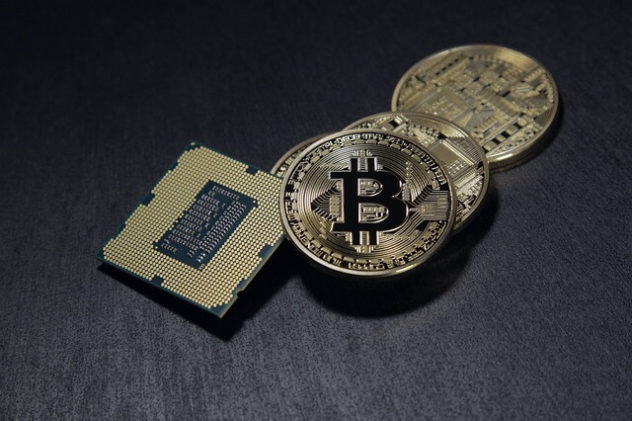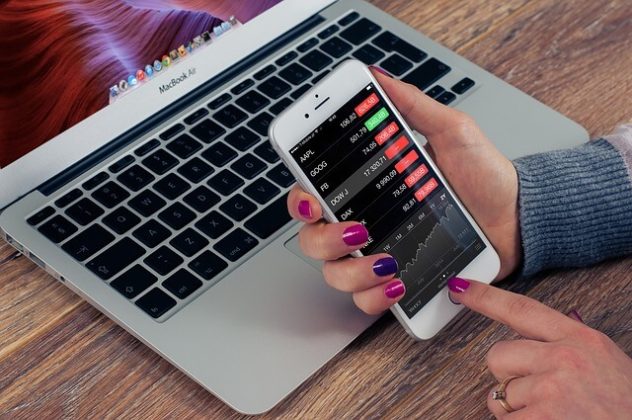
Everybody has a wish for their future self, and I bet you have as well. Maybe you want to go traveling abroad for a year.
Maybe you want to open a shop or a restaurant. Maybe you just want to have a peaceful retired life without having to worry about your finances.
No matter what it is, usually you already have a plan, or maybe it is still a wish, to do something in the future.
Now that you already have a dream, how do you plan to finance it? Some of you may already have started to save for it.

However, while saving money is still a good option to finance your future plan, you have to know that there is a better way to finance your future.
The better way is called investing:
What is investment? How is it different with saving? Why is it the better option?
In this guide, you will find the answers for all of those questions, as well as other important information such as types of investment, ideas for investment and how to start investing with little money.
What is investment
Investment, according to Investopedia, is a monetary asset purchased with the idea that the asset will provide income in the future or will be sold at a higher price for a profit.
To give you a clear illustration, imagine you have a dollar. You don’t use this dollar to buy a candy or a drink, but you give it to other person who is running a business.
You only require this person who received your money to give a certain percent of the business profit to you in a later date.
When you give your money to someone else with such kind of requirement, you will receive a paper in return that explains that you own a portion of the business and so the future profit could be given to you at certain percentage.
Depending on the payment and rule details, this paper can be classified as stock, bond or other financial instruments, including derivatives.
If you somehow want to take your money back, instead of calling the business owner to pay the money, you should sell the financial instruments.
If the business is doing well, you can sell the instrument at a higher price than when you buy it, and you will get a profit.
The illustration above is very simple, but it covers the basic idea of investment.
Types of investments
As time goes by, the types of investment grows. People trade not only stock and bond nowadays, but also on lot of derivative products.

Derivative is a financial products whose price is determined or “derived” from other underlying assets.
Even if there are a lot of investment types, but the most actively trade of financial instruments are as follows:
Stock
When a company wants to raise fund, it has two options. First, is to take a loan, and second is to sell the ownership of the company.
Stock is a tool for the second option. When a company sells their stock to public, you can purchase it.
You will be registered as one of the stockholders of the company and you have a right to receive a part of the profit called ‘dividend’.
Bond
Bond is the tool for the company when they want to take a loan for funding instead of selling ownership.
It is a letter that defines how much the company owes the holder of bond. When you purchase a bond, you’re loaning your money to them.
Annually, or depending on the term, you have a right to receive the interest of your loan. If you hold the bond until the due date of the loan payment, you will receive your money.
But, you can also sell your bond to other person before the due date at either higher or lower price than the price you purchase. If you can sell it higher, it means you will gain a sum of profit.
US Treasury
US Treasury is like bond, except it is issued by the US Government instead of private company. Because it is issued by government, it is generally perceived to be safer than stock. However, because it is safer, it usually doesn’t offer high interest.
Mutual Fund
Sometimes individual investor doesn’t have enough money to buy stock, bond, or US Treasury. Mutual fund solves this problem.
An investment bank or investment company will collect fund from several (or many) individual investor, and the accumulated money will be used to purchase either stock, bond, US Treasury, Index or the mix of them all.
The profit from the investment then will be distributed back to the individual investor, proportional to the money they invested earlier.
There are many other types of financial instruments, including peer-to-peer landing, forward, swap, and so on.
However, for beginner investor, the four instruments above are the most common investment because they tend to be safer. The market is also larger, compared to other financial instruments.
Advantages of investing money
Now you know the answer on how investing is different compared to saving. Now it’s time to answer another question:
why investing is better than saving?
First, investing means your money will be used to generate more money. It means that over time, your money will grow without you need to do anything about it, except taking a close supervision on its movement.
Saving generally doesn’t involve this, unless you’re saving in a bank. So, overtime the amount of your money will stay the same, instead of increasing.

Second, investing will protect your money against inflation. Inflation is the decreasing value of money. In simpler words, it means that a dollar today will worth less in the future, because the price of things will increase.
If you can buy a piece of bread with a dollar today, with inflation you won’t be able to do the same in the future.
So, if you save your money your money will worth less in the future, but if you invest your money, the additional profit from investing will enable you to counter the effect of inflation.
Third, investing usually give you a better gain than saving. Saving at home will not add any piece to your money. Saving at bank will give you additional interest.
However, compared to the interest or gain you’ll get from investing, the interest from saving bank is usually much lower.
Of course, there is a reason for this. Saving in bank is safer in case the bank goes bankrupt, your money is still guaranteed by the government.
However, if you are careful and understand the risk of investing, the gain from investing will be prominently better than interest from saving.
How to start investing with little money
Many people think they need a lot of money to start investing, however it is not true. You can start investing from amount as small as $50.
Of course, the bigger you allocate for investing, the bigger your return. However, it’s better to start as soon as possible even with little money rather than wait until you get a bigger sum.
However, before you start investing with little money, there are some things you need to clear first. What are those things? You can learn about them below.
Make sure you are debt-free
While your interest in investment means good thing for you, interest in debt definitely is not. The bigger your debt, the bigger amount of interest you pay.
When you’re investing, your money will grow, but remember that growth means nothing if you still have debt.
After all, you will need to pay the money back, plus interest. It’s better to focus on freeing yourself from unproductive debt first before starting investment.
Make sure you have emergency fund
A lot of people fail their investment because they treat investment as emergency fund. So, when they encounter sudden financial need – such as medical bills or house repair – they take back their investment even though it has not grown yet.

To avoid this trap, go build emergency fund first before you start investing. This way, you don’t have to worry about financing your emergency necessity and at the same time can watch your investment stay intact and grow bigger.
Small Investing Idea
If you’re already debt-free and has set aside emergency fund, then it’s time to start investing.The options of investment can be overwhelming, but don’t worry, there are plenty of them that can be obtained with little amount of money.
Some of them are below:
Mutual Fund
The idea for mutual fund is to collect various individuals to gather a big amount of fund that later can be invested in bigger, and usually more profitable, business or other instruments.
You can invest in mutual fund from cost as little as $100.
Mutual fund is known to be less risky instrument compared to other because the large pooled of money from individual investor can be invested in various instruments.
This strategy is called diversification and it can acts as buffer if one of the instrument fails, because the other instrument will be able to cover up the loss.
Exchange Traded Fund
Exchange Traded Fund or usually simply abbreviated as ETF is almost like mutual fund, but it is traded freely in online marketplace like stock in stock exchange.
Because it is traded, its price can change a lot in a day, but it costs even lower than mutual fund, so it is highly affordable for beginner.
Just like mutual fund, investing in ETF gives you good diversification. Also, because it is openly traded, you can gain profit from selling and purchasing the ETF at the right price.
Peer to Peer Lending
Peer to peer (P2P) lending is basically an online platform for people who wants to obtain loan and for people who wants to give loan.

In short, it is almost like the usual lending business, except without involvement from bank or other financial institution.
There are various P2P Lending platform all over the world, some of the most popular ones are Lending Club, Prosper, Upstart, Funding Circle etc.
What’s your experience with investments? If we have missed something let us know through the comments.